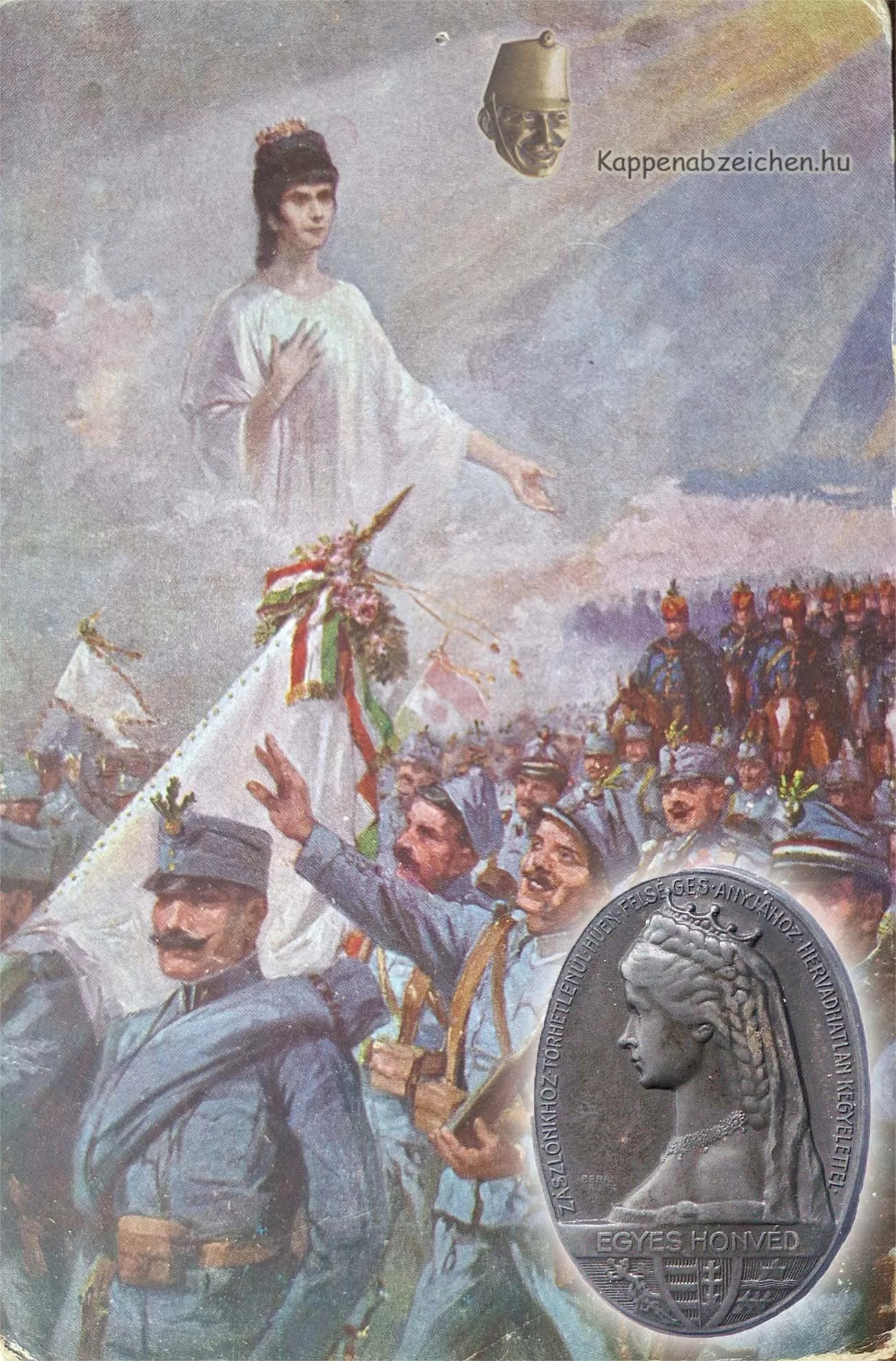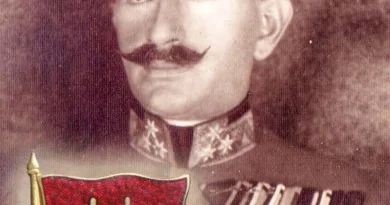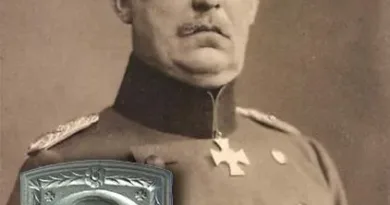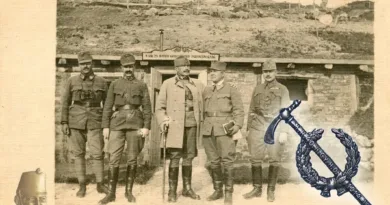Sisi HIR 1
Elizabeth of Hungary was perhaps the most popular royal wife in Hungarian history. Due to the dynastic marriages typical of feudalism, it was always usual for Hungarian rulers to have a consort chosen from foreign aristocracy and royal families. The custom extends from the hated XIII. century Gertrude of Merano to Sisi. It is rather peculiar that both the hated and the beloved monarchs died violent deaths, becoming victims of assassination.
The family of the Bavarian princess Elisabeth of Wittelsbach was related to the Austrian Habsburg house. Franz Joseph’s mother was also a Wittelsbach girl. The romance of the young Franz Joseph and Sisi and their marriage in 1854, contrary to the customs of the time, were not without a love affair, although the pairing of the couple obviously also served political interests. The rigid etiquette of the Viennese court (“I trust in ancient virtue!”) led to constant friction between the more enlightened, life-loving young woman and her iron-hatted environment. To escape the Vienna drill, she often went to Hungary, mainly to Gödöllő castle, to rest.
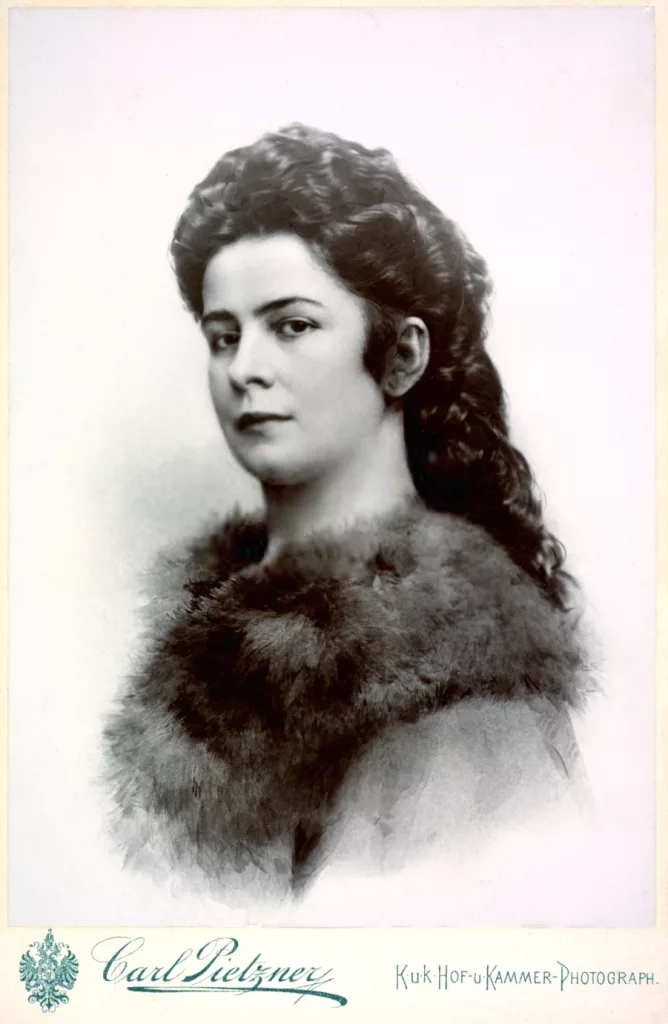
Her frequent presence played a role in her popularity in Hungary. Another reason may have been the counterpoint to the dislike (hatred) felt for the young ruler, Franz Joseph. He had suppressed the 1948 Hungarian War of Independence. Instead of the also rigid, iron-hatted, unlovable king who slept on an iron camp bed and hung a picture of the Battle of Temesvár above his mattress in his palace, (the last, 1849 victorious battle of the Habsburgs in Hungary), someone from the royal family was needed whom the people could respect.
Of course, the Sisi-fanaticism was not only characteristic of Hungarians; the described contrast was visible and perceptible to all the peoples of the Monarchy. But in September 1898, an Italian anarchist committed an assassination attempt against her in Geneva. Her injury was not fatal, but even careful treatment could not stop the sepsis that followed, which killed her a few days later. Her tombstone in the Capuchin Crypt in Vienna always has a wreath or ribbon in Hungarian national colors.
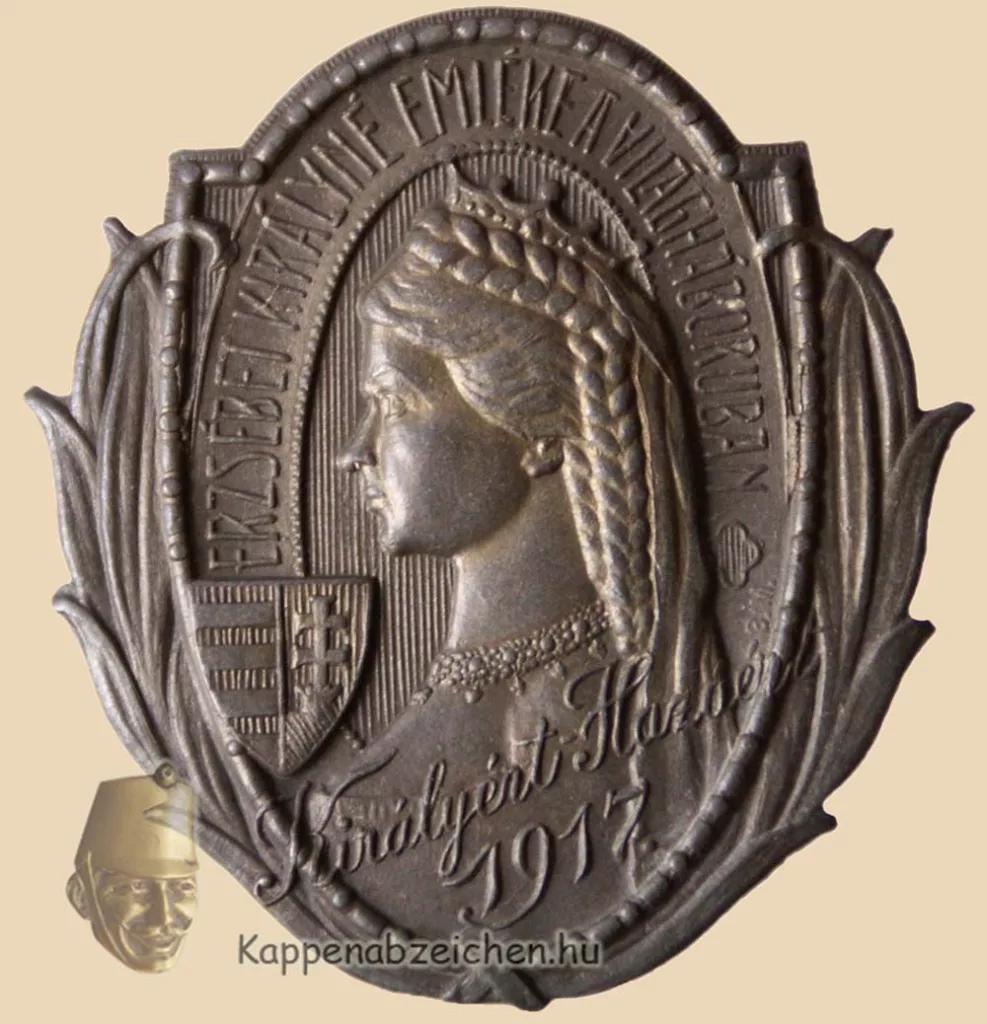
Sisi was long dead when the 1st Hungarian Infantry Regiment took her name. During the Great War, the soldiers of the regiment went to combat under her name. Their cap badges and many other memorabilia were decorated with the queen’s portrait and name. She is also the centerpiece of the most common badge of the 1st Hungarian Infantry Regiment. I will also present a later, rarer version of this badge from 1917.

